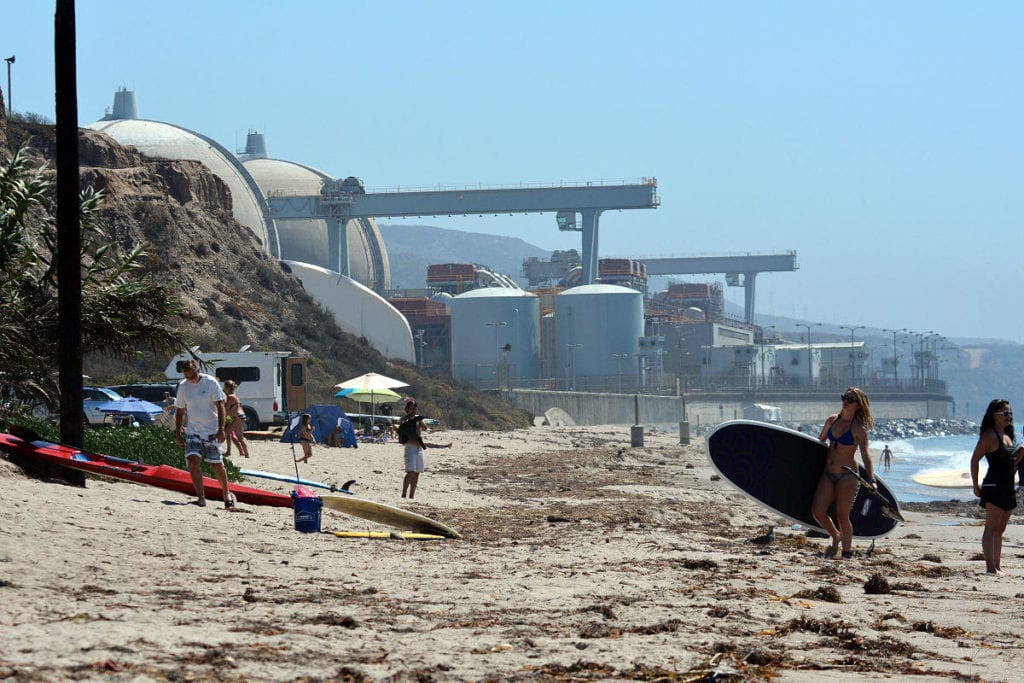The Great California Tax War
Taxpayers’ Remorse: The Life and Times of Proposition 13
Property taxes plunged with Prop. 13’s passage in 1978. But so did the revenue supporting California’s schools and fire service.
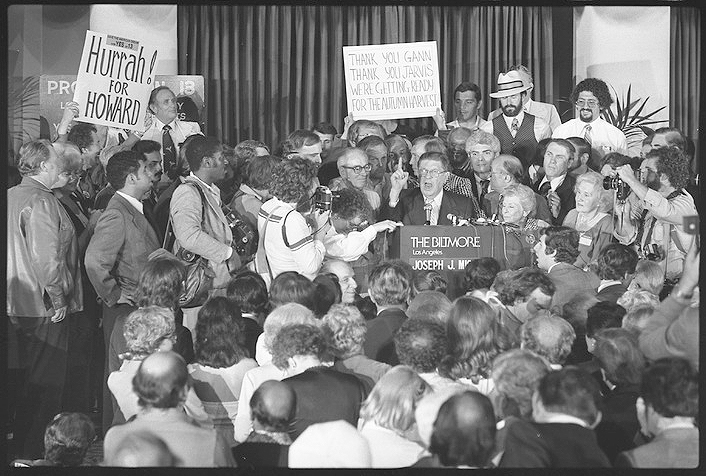
It was only a little over 40 years ago that California’s schools were the envy of the nation. Instruction was funded at one of the country’s best per-student ratios, which resulted in small class sizes and ample complements of teachers, counselors and maintenance staff at most schools. In addition, a public college system offered Ivy League levels of higher education for the average family, thanks to a constellation of community and state colleges, and the world-renowned University of California system. These provided California government offices, scientific research centers and businesses with streams of well-educated employees.
See Other Stories in This Series
This all rested on what was seen as a sturdy, predictable funding model mostly based on property taxes — one that allowed local municipalities and school districts to reliably plan their budgets and programs. But everything changed in June 1978 with the passage of Proposition 13. To understand this year’s Schools and Communities First ballot initiative (Proposition 15), which aims to redress some of Prop. 13’s consequences, it’s important to look at the milestones that led up to Prop. 13 and how quickly the new law would devour California’s public education system.
California, 1977: An Uneasy Prosperity
State incomes are up and the treasury bulges with a $5 billion surplus. Californians take their school system for granted, along with an expanding network of park and municipal services.
And yet, while home values spiral upward, so do the property taxes that are pegged to those values. A house worth $50,000 in 1974 is worth $100,000 by 1978 — putting the homeowner on the hook for a similarly adjusted tax bill plus the mortgage. This especially alarms the state’s growing population of fixed-income senior citizens.
Homeowners begin to panic. With Sacramento firmly in Democratic Party hands, the state Legislature fumbles property tax relief. A conservative backlash against “politicians” grows. Thirteen years earlier, many homeowners had succumbed to extreme libertarian and racist impulses by overwhelmingly passing Proposition 14, which, until the U.S. Supreme Court ruled it unconstitutional, sanctioned housing discrimination.
1977: Howard Jarvis, A Man With a Plan
After several unsuccessful attempts at public office, including a run at mayor of Los Angeles, Howard Jarvis, the proudly cranky 75-year-old lobbyist for the Los Angeles Apartment Owners Association, becomes the face of the taxpayer revolt. A fixture on TV news, he decries “the moochers and loafers” in government who eat up our taxes. His simple message: Cut your taxes by 60 percent! Show those politicians who’s boss! Nervous homeowners listen to Jarvis and like what they hear: More than 1.2 million Californians sign petitions to get Proposition 13 on the ballot. It seeks to roll property tax rates back to 1975 levels, would set them at 1 percent of a property’s sale and bar them from being raised more than 2 percent per year.
June 1978: Landslide
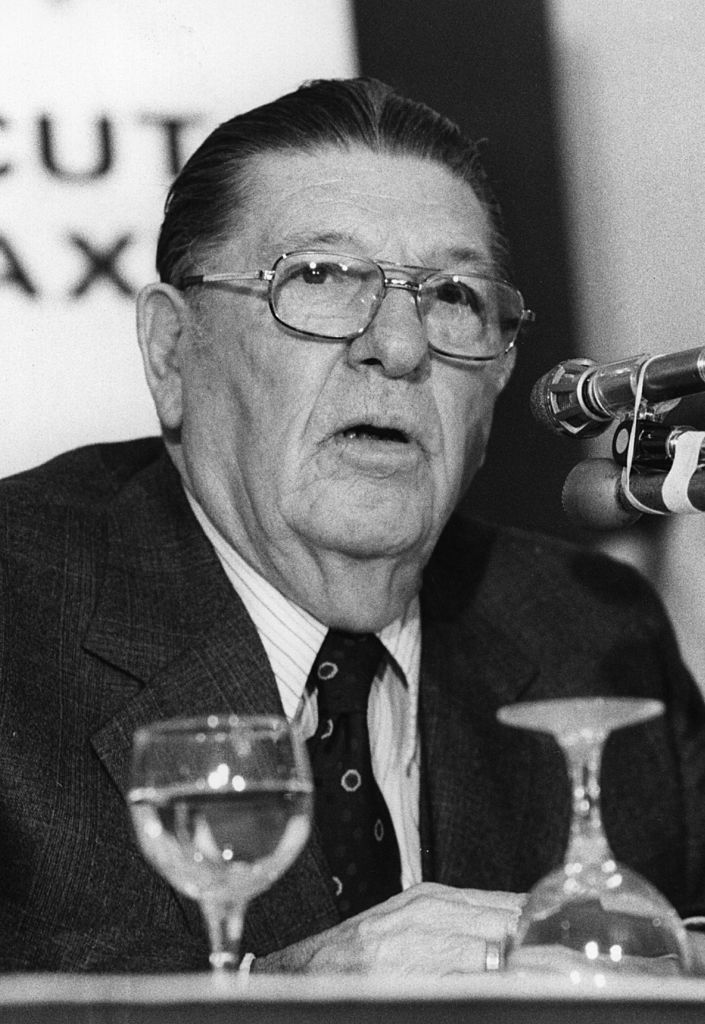 With Prop. 13 winning 65 percent of the vote, homeowners’ tax rates soon drop by as much as two-thirds in areas where property taxes were highest. But property taxes have previously funded everything from schools to parks to fire services. The state used to shoulder health and welfare costs — those are off-loaded onto local communities.
With Prop. 13 winning 65 percent of the vote, homeowners’ tax rates soon drop by as much as two-thirds in areas where property taxes were highest. But property taxes have previously funded everything from schools to parks to fire services. The state used to shoulder health and welfare costs — those are off-loaded onto local communities.
Prop. 13 dictates that the state Legislature can’t raise any taxes for any reason without a two-thirds vote in both houses. Local ballot initiatives designed to generate new taxes will also require a two-thirds “yes” vote at the polls.
1979: Immediate Fallout
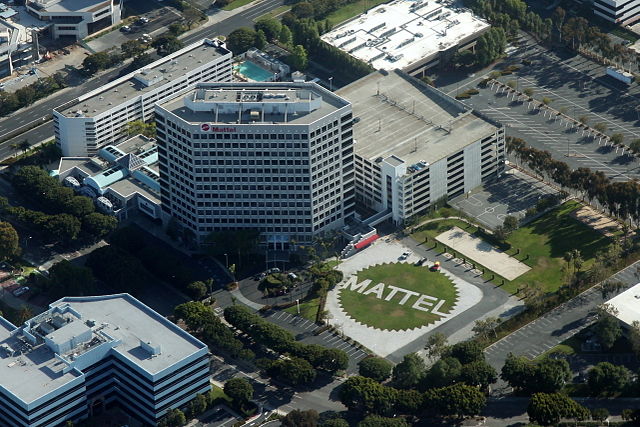 Prop. 13’s passage ultimately translates into huge savings for big business, but not for future homeowners. That’s because when a homeowner sells property, it’s reassessed and the tax rate goes up. The new buyer pays a tax rate adjusted to present home values.
Prop. 13’s passage ultimately translates into huge savings for big business, but not for future homeowners. That’s because when a homeowner sells property, it’s reassessed and the tax rate goes up. The new buyer pays a tax rate adjusted to present home values.
But corporate property tax rates are calculated differently. Commercial property frequently changes hands in ways that don’t trigger reassessment because such transactions usually do not involve a straight-up buyer-to-seller sale. Ownership migrates through such devices as real estate investment trusts, private equity buyouts, corporate purchases of companies, publicly traded stock sales, bank mergers — requiring no change of name on the deed that a local county tax assessor would note.
Furthermore, any commercial landowner can hold a parcel for decades and enjoy tax savings year after year if there’s no construction or other changes to trigger reassessments. Today, 57 percent of industrial/commercial properties in L.A. County haven’t been reassessed for nearly 20 years. In the Bay Area, 56 percent of commercial properties haven’t met a tax assessor’s gaze in two decades and 22 percent still have assessments based on property values dating back to 1975 levels, costing the state billions annually.
1979–1980: The Public Sector Bleeding Begins
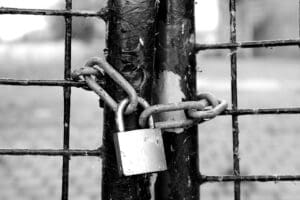 Property tax revenues have made up the lion’s share of local school funding; that drops by nearly 60 percent shortly after Prop. 13 passes. Districts move to cut summer school, adult education, vocational education and school maintenance budgets.
Property tax revenues have made up the lion’s share of local school funding; that drops by nearly 60 percent shortly after Prop. 13 passes. Districts move to cut summer school, adult education, vocational education and school maintenance budgets.
Local governments cut spending to fall in line with property tax reductions. Los Angeles County eliminates 3,300 jobs and orders a hiring freeze. In one emblematic pivot toward austerity, L.A. County’s chief administrative officer, while juggling the new funding challenges, also takes on the jobs of county personnel director and head of L.A. County animal control. In other words, the country’s second-most populous city’s top accountant is also its dog catcher.
1980–81:
Some 100,000 California public sector jobs are eliminated, the majority in schools — 72,000, mostly maintenance workers and support staff.
1983:
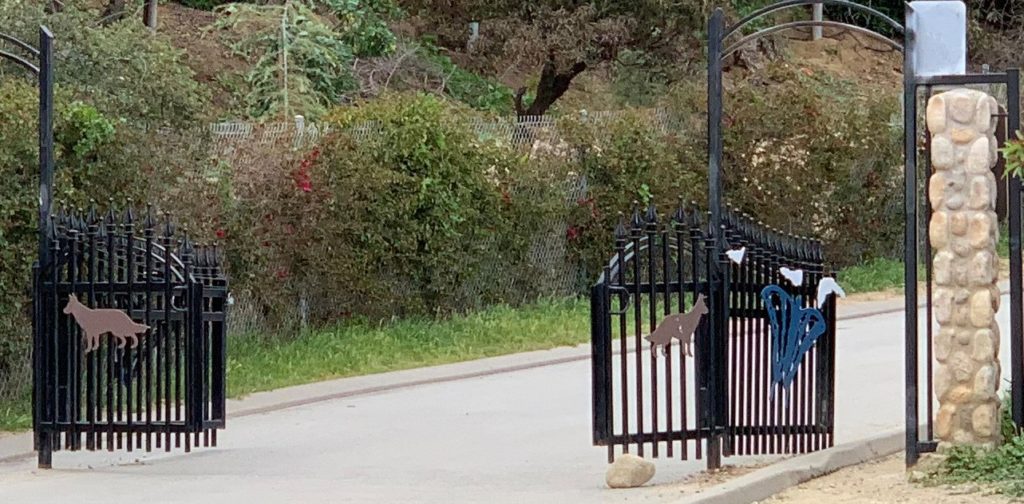 A Los Angeles Times statewide survey finds that in the five years since Prop. 13 passed, per capita funding for parks has been reduced by more than 16 percent. Local groups begin DIY fundraising efforts to maintain programs. Public works budgets statewide, including pothole and road repair, are cut.
A Los Angeles Times statewide survey finds that in the five years since Prop. 13 passed, per capita funding for parks has been reduced by more than 16 percent. Local groups begin DIY fundraising efforts to maintain programs. Public works budgets statewide, including pothole and road repair, are cut.
1983–85: The education budget ax becomes a guillotine
 “Immediately class sizes began to get larger,” says current Los Angeles Unified School District board member Jackie Goldberg today. She served two terms on the LAUSD board, beginning in 1982. “We began deferred maintenance. We spent lots of hours in ’83 and ’84 talking about whether or not we had enough money to stop the wood frames around the window from decaying” — or, she adds, to put a board over a window instead of spending money to fix it.
“Immediately class sizes began to get larger,” says current Los Angeles Unified School District board member Jackie Goldberg today. She served two terms on the LAUSD board, beginning in 1982. “We began deferred maintenance. We spent lots of hours in ’83 and ’84 talking about whether or not we had enough money to stop the wood frames around the window from decaying” — or, she adds, to put a board over a window instead of spending money to fix it.
1988:
Los Angeles Times notes that Prop. 13 “hits the muscle and blood” of the public sector—schools, highway maintenance, parks.
During almost every election cycle following Prop. 13, state and local ballots have been loaded up with an array of measures aimed at mending damage to defunded schools and community amenities.
1988–Present: Finding Funds in Bonds and Fees
Twenty-five years after the “Prop. 13 Tax Revolt,” Californians are paying for services, schools and infrastructure through regressive sales taxes. Local governments impose new fees and charge more for bus fare, trash collection and utilities. Between 1978 and 2004, Californians passed 73 of 98 bond measures that were on the ballot.
2020: Schools and Communities First Ballot Measure Heads for the November Ballot
The initiative requires commercial and industrial property to undergo regular assessment — rather than being taxed at rates set decades ago.
Photos Howard Jarvis: UCLA Library Digital Collections/Creative Commons License; San Onofre Beach: Don Ramey Logan; Howard Jarvis: John Minihan/Evening Standard/Hulton Archive/Getty Images; Howard Jarvis: Hulton Archive/Getty Images; Mattel headquarters: ; Runyon Canyon Park (detail): Crishazzard.
Copyright 2020 Capital & Main

-

 Locked OutDecember 16, 2025
Locked OutDecember 16, 2025This Big L.A. Landlord Turned Away People Seeking Section 8 Housing
-

 Locked OutDecember 23, 2025
Locked OutDecember 23, 2025Section 8 Housing Assistance in Jeopardy From Proposed Cuts and Restrictions
-

 The SlickDecember 19, 2025
The SlickDecember 19, 2025‘The Poor Are in a Very Bad State’: Climate Change Accelerates California’s Cost-of-Living Crisis
-

 Locked OutDecember 17, 2025
Locked OutDecember 17, 2025Credit History Remains an Obstacle for Section 8 Tenants, Despite Anti-Discrimination Law
-

 Latest NewsDecember 22, 2025
Latest NewsDecember 22, 2025Trump’s War on ICE-Fearing Catholics
-

 Column - State of InequalityDecember 18, 2025
Column - State of InequalityDecember 18, 2025Beyond Hollywood, Rob Reiner Created Opportunity for Young Children Out of a Massive Health Crisis
-

 Striking BackDecember 17, 2025
Striking BackDecember 17, 2025‘There’s Power in Numbers’
-

 Column - State of InequalityDecember 24, 2025
Column - State of InequalityDecember 24, 2025Where Will Gov. Newsom’s Evolution on Health Care Leave Californians?

